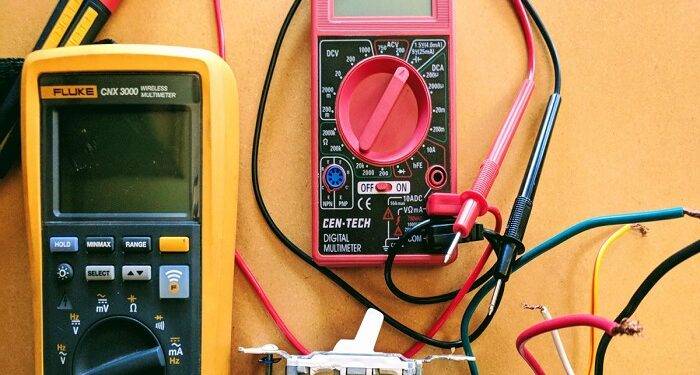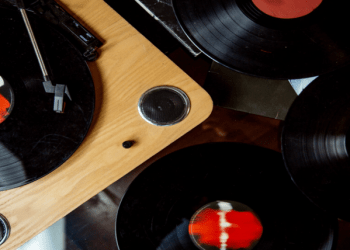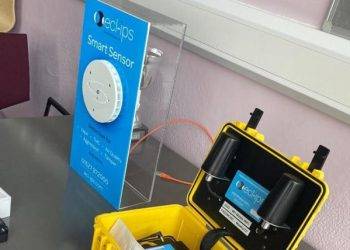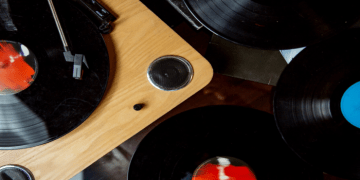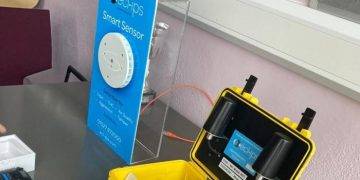One of the most commonly used test tools, multimeters, play a key role in troubleshooting electrical problems and safeguarding your business. In addition to measuring circuits, multimeters can be used to measure voltage, continuity, and resistance in electrical components and circuits. Other electrical parameters such as capacitance, impedance, and inductance are also measured with these safety tools to ensure that your office and other work spaces are safe. Whether it’s testing batteries or spotting a hot wire or finding a bad switch or testing an electric circuit, a multimeter is just as useful.
There are two kinds of multimeters available in the market – analogue and digital.
In this article, we will take a look at how to use a multimeter.
But first, let us find out the different components of a multimeter.
Parts of a multimeter
- A display screen that shows the different parameters when the measurement is done. The digital multimeter has an LCD display screen.
- A meter dial that helps to set the multimeter to read different electrical parameters such as current, voltage, resistance, capacitance, etc.
- Two ports – a red port and a black port.
- Two leads – a red lead and a black lead.
- Two colour coded probes – a red one and a black one.
- Tips are present at the end of the probes.
Let us take a look at the steps to measure these parameters using this diagnostic tool.
How to use a multimeter to measure voltage?
Follow the below-mentioned steps to measure voltage using a multimeter
- Turn the dial to the voltage mode.
- Plug in the black probe into the black port.
- Place the black lead on the battery’s negative terminal.
- Plug in the red probe into the red port.
- Place the red lead on the battery’s positive terminal.
- Now, press the leads against the positive and negative terminals. The voltage measurement is displayed on the screen.
Note: If the battery is dead or weak, no display is seen on the screen.
How to use a multimeter to measure current?
Follow the below-mentioned steps to measure current using a multimeter
- Turn the meter dial to the current mode.
- Connect the red probe to the source terminal.
- Connect the back probe to the load side of the terminal
- The measure of the current flowing through the circuit will be displayed on the screen.
Using a multimeter to measure the resistance
Follow the below-mentioned steps to measure resistance using a multimeter
- Turn the dial to the resistance mode.
- Connect the probes to the component.
- The values will be displayed in Ohms.
Using a multimeter to measure conductivity
Follow the below-mentioned steps to measure conductivity using a multimeter
- Turn the dial to conductivity mode.
- Check the conductivity between two points by placing the two probes on two points.
In order to safeguard, troubleshoot, and conduct maintenance tests on your electrical circuits as well as to measure circuit parameters, a digital multimeter is a necessity. Diagnostic tools like multimeters are utilised extensively to perform common tasks around offices as well as in other work environments. To take a look at some of the best and affordable ranges of multimeters, go to our website.

